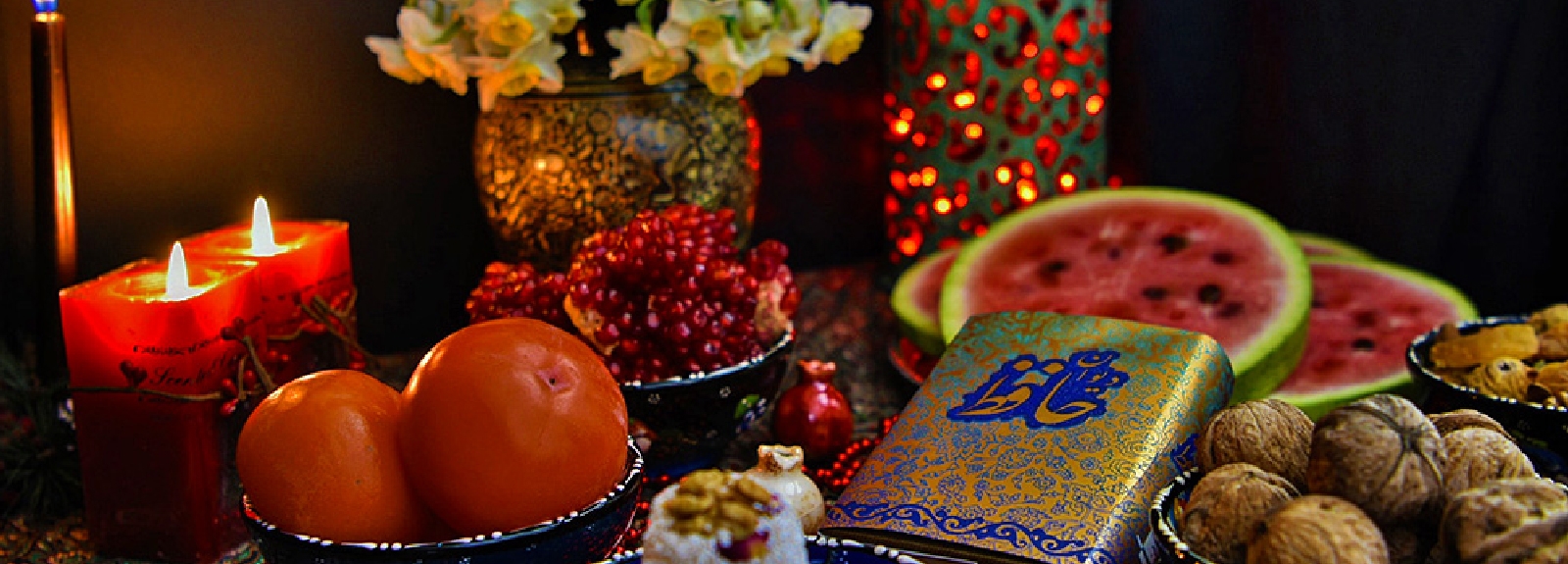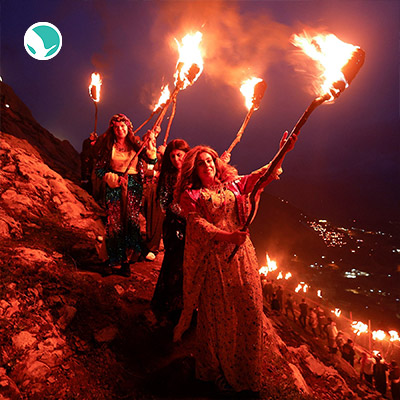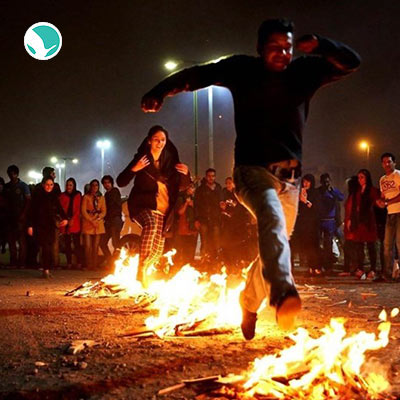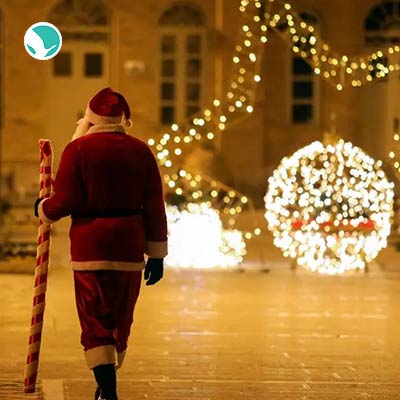



It has been nearly a thousand years since the last night of autumn, the Shab-e Yalda or Yalda Night or Shab-e Chelleh, the darkest and longest night of the year, has been celebrated by Iranians around the world.
Shab-e Yalda is one of the oldest Iranian celebrations. This celebration, which coincides with the winter solstice in the Northern Hemisphere, is the longest night of the year, celebrated every year. Yalda refers to the period between sunset from December 21 (the last day of autumn) to sunrise on December 22 (the first day of winter). At Shab-e Yalda, Iranian families usually serve exquisite dinners as well as all kinds of fruits, most commonly watermelons and pomegranates.

The Earth orbits the sun every year on a specific circuit. On December 21, the Earth will be in a special place on this circuit. In this case, the inhabitants of the northern hemisphere will turn away from the sun and will see the shortest day and the longest night of the year.
Iranian families usually read Hafez (Persian poet) at Shab-e Yalda and spend a few minutes reading Hafez. Different snacks and foods are consumed in different parts of Iran, depending on the environment and lifestyle of the people in the region, but watermelon and pomegranate is a fruit that is commonly found in every table.




“Oh! Squander not this breath that Heaven hath lent thee, Nor make too sure another breath to borrow!’” Khayam